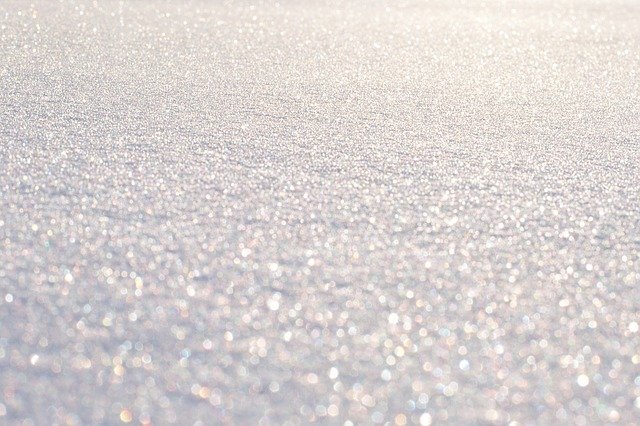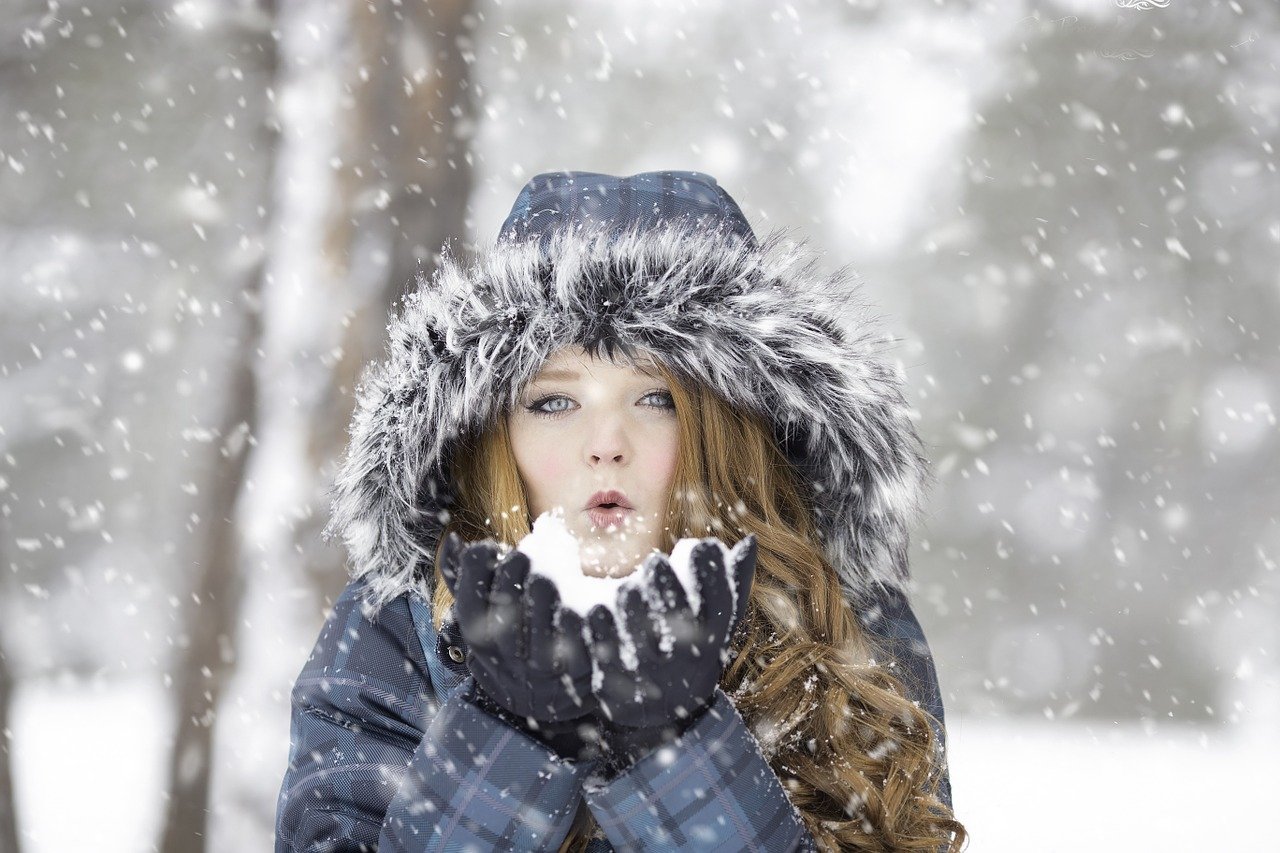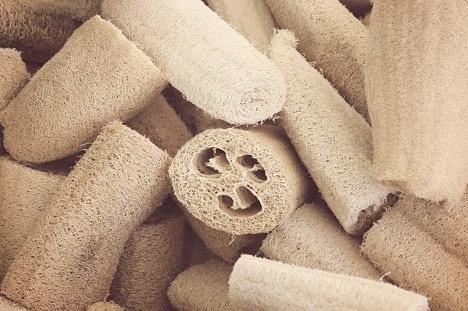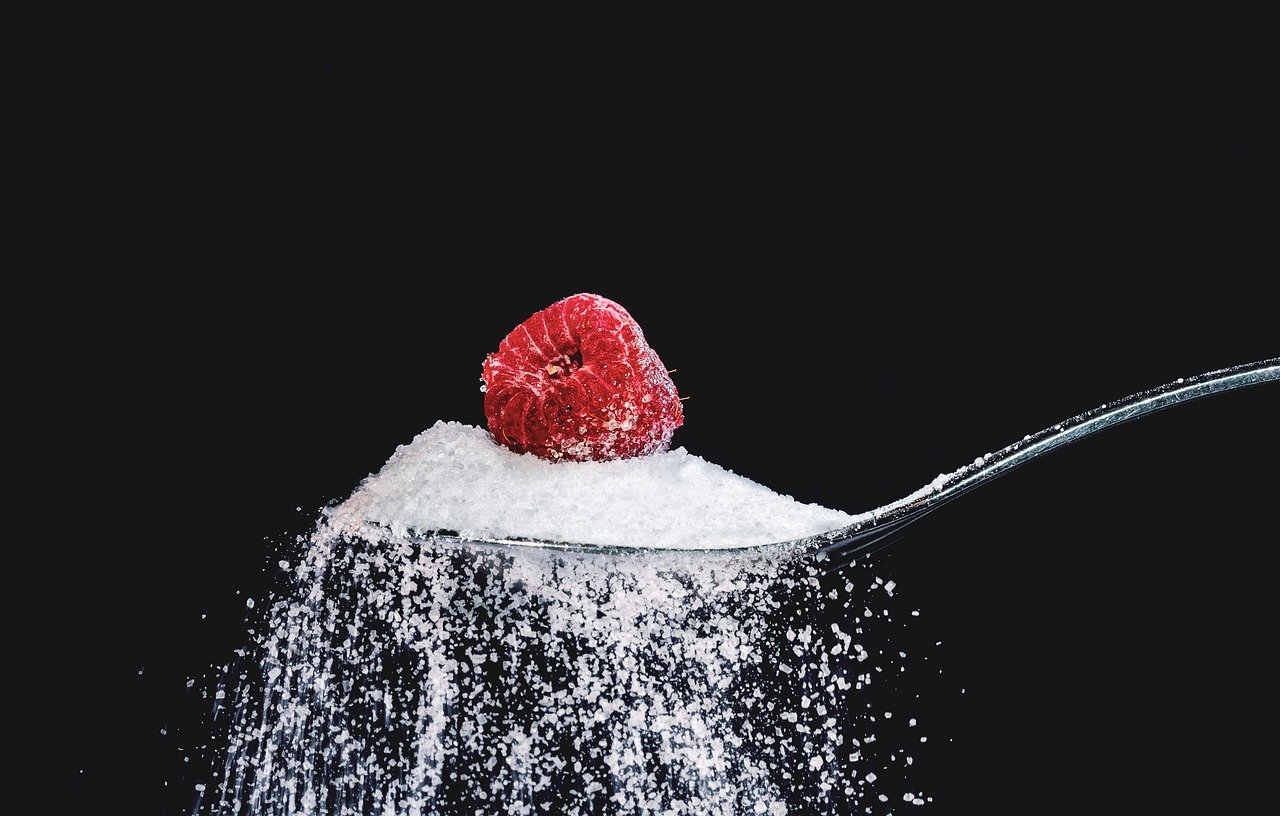You may love snow, but your skin does not. You may be bundled in warm clothes from head to toe while playing in the snow, but your facial skin is exposed…and it has to face the wrath of the white frost.
Initially, you may not notice any damage done by ice and snow on your facial skin. However, those rosy cheeks are not always a sign of health; and those dry patches on your face talk of snow damage. Observe your skin in the mirror after you return from work in the evening. Your epidermis is traumatized by the freezing whiteness.
There are several ways your skin reacts when exposed to harsh winter conditions. That’s why it becomes all the more important to care extra for skin during this season; and if you have to stay outdoors in the icy winds and snow, then you better be prepared to tackle your skin tantrums.
Elements that traumatize skin during winter
Icy winds

Icy winds are not just icily cold to bear; they are also a major contributor to skin’s trans-epidermal water loss. This loss is one of the chief causes for dry, scaly skin during cold weather. Also called TEWL by dermatologists, trans-epidermal water loss refers to lacking of water in skin due to arid winter weather. If your skin is dry by nature or you suffer from some skin disease, you may experience severe symptoms. Your face may show parched patches that are usually scaly or flaky.
Sensitive skin is more traumatized by icy winds, as the winds snatch away all the moisture from skin.
Solution: You must use a soothing, anti redness toner after cleansing. Toning helps to restore skin’s natural pH. Thereafter, apply a good moisturizer. Keep skin moisturized continuously when outdoors. You can keep a jar of moisturizer in your handbag wherever you go.
Exposure to sun on a chilly day

It is snowing does not mean the sun is not shining. The sun is present with all its destructive ultraviolet rays. Dermatologists advise to protect skin from the sun even during the freezing weather.
Solution: Wear sunscreen even though you cannot find the sun and it’s all white and gray around.
Extreme changes in temperature

During winter, you usually bathe with hot water. Then, you step outdoors in the chilly weather. Imagine the tyranny that happens on skin! It is subject to extreme heat first; then it is exposed to extreme cold. It becomes difficult for skin to adjust to such extreme temperature changes.
Solution: Experts suggest bathing in lukewarm water. Skip hot showers during winter. They only make your skin drier and itchy. Moisturize skin immediately after a shower.
Decreased humidity

Remember those hot and humid days of summer? You may hate them, but they are actually good for skin. Humidity keeps skin hydrated. During winter, humidity drops. This adversely affects skin. To make matters worse are the overheated buildings that strip off moisture from skin.
Solution: Use a humidifier. Use suitable moisturizers on skin in generous doses.
With proper skin care, winter can turn into a fantastic season. Do not hesitate to indulge in a good snow fight with your skin all shielded with appropriate sunscreen and moisturizer.
During the fall and winter seasons, skin can suffer dryness much more than normal. Having a dependable dry skin care Read more
Photo by Ben White on Unsplash Whether you live in hot or cold environments, leaving your skin exposed to the elements is Read more
Whether you live in a hot or cold environment, your skin feels the effects of extreme temperatures. While both searingly Read more
Cold weather can be irritating to the skin: icy winds can damage your skin and cause premature ageing, and winter Read more














